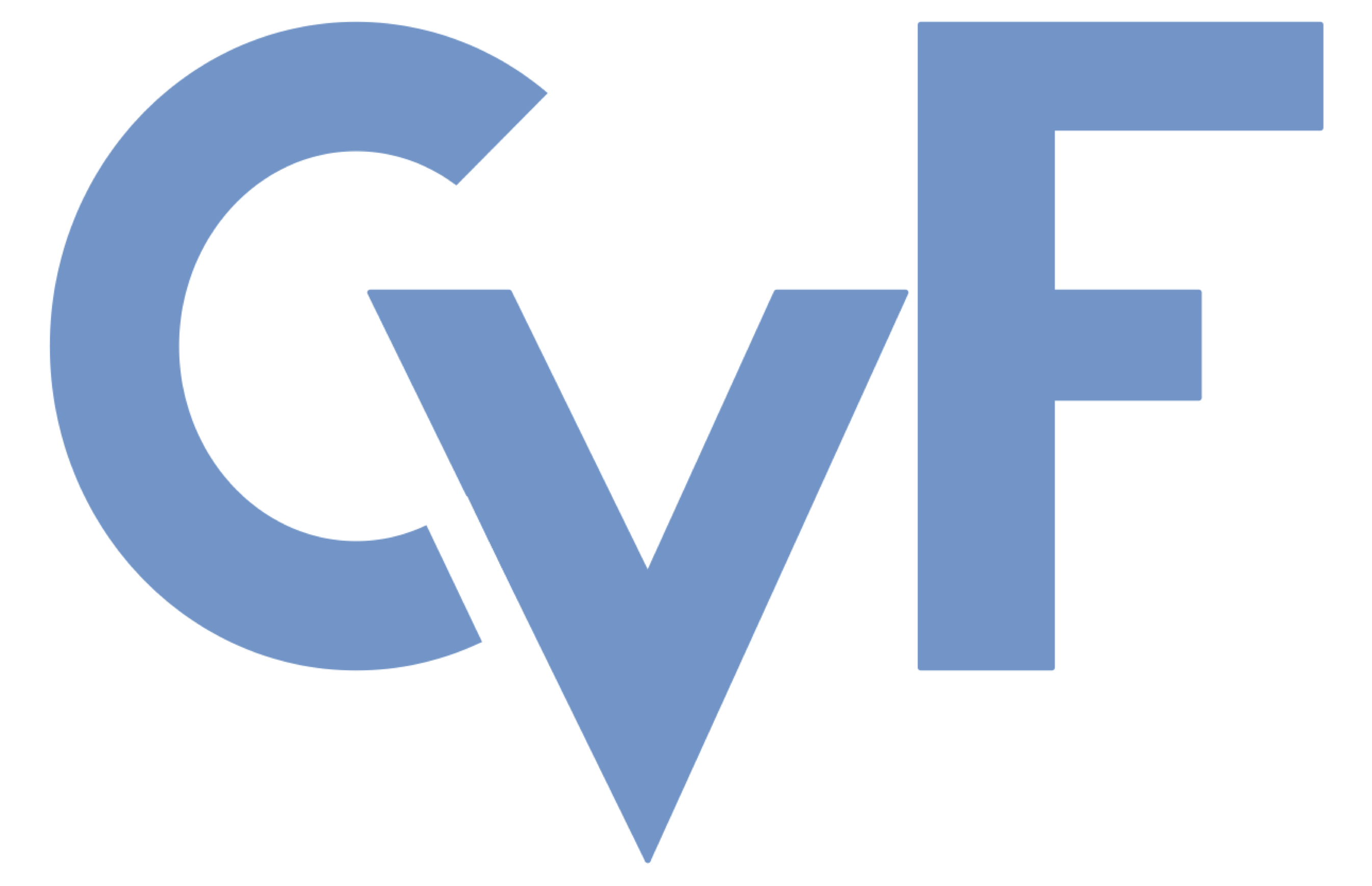-
[pdf]
[arXiv]
[bibtex]@InProceedings{Peng_2025_ICCV, author = {Peng, Xiaopeng and Gemar, Heath and Fleet, Erin and Novak, Kyle and Watnik, Abbie T and Swartzlander, Grover}, title = {Learning to See Through Flare}, booktitle = {Proceedings of the IEEE/CVF International Conference on Computer Vision (ICCV) Workshops}, month = {October}, year = {2025}, pages = {7410-7421} }
Learning to See Through Flare
Abstract
Machine vision systems are susceptible to laser flare, where unwanted intense laser illumination blinds and distorts its perception of the environment through oversaturation or permanent damage to sensor pixels. We introduce NeuSee, the first computational imaging framework for high-fidelity sensor protection across the full visible spectrum. It jointly learns a neural representation of a diffractive optical element (DOE) and a frequency-space Mamba-GAN network for image restoration. NeuSee system is adversarially trained end-to-end on 100K unique images to suppress the peak laser irradiance as high as 10^6 times the sensor saturation threshold I_ \textrm sat , the point at which camera sensors may experience damage without the DOE. Our system leverages heterogeneous data and model parallelism for distributed computing, integrating hyperspectral information and multiple neural networks for realistic simulation and image restoration. NeuSee takes into account open-world scenes with dynamically varying laser wavelengths, intensities, and positions, as well as lens flare effects, unknown ambient lighting conditions, and sensor noises. It outperforms other learned DOEs, achieving full-spectrum imaging and laser suppression for the first time, with a 10.1% improvement in restored image quality.
Related Material





